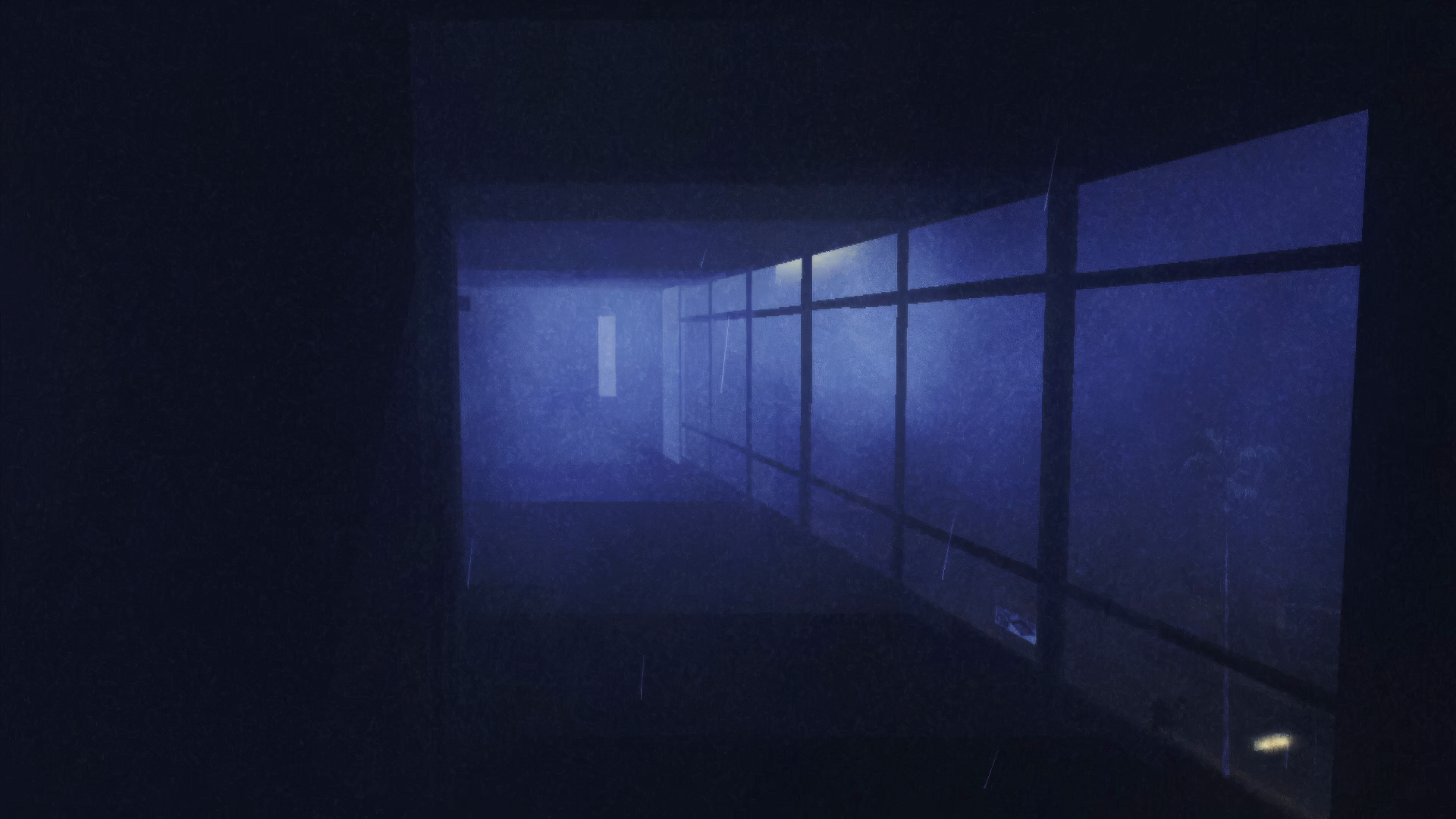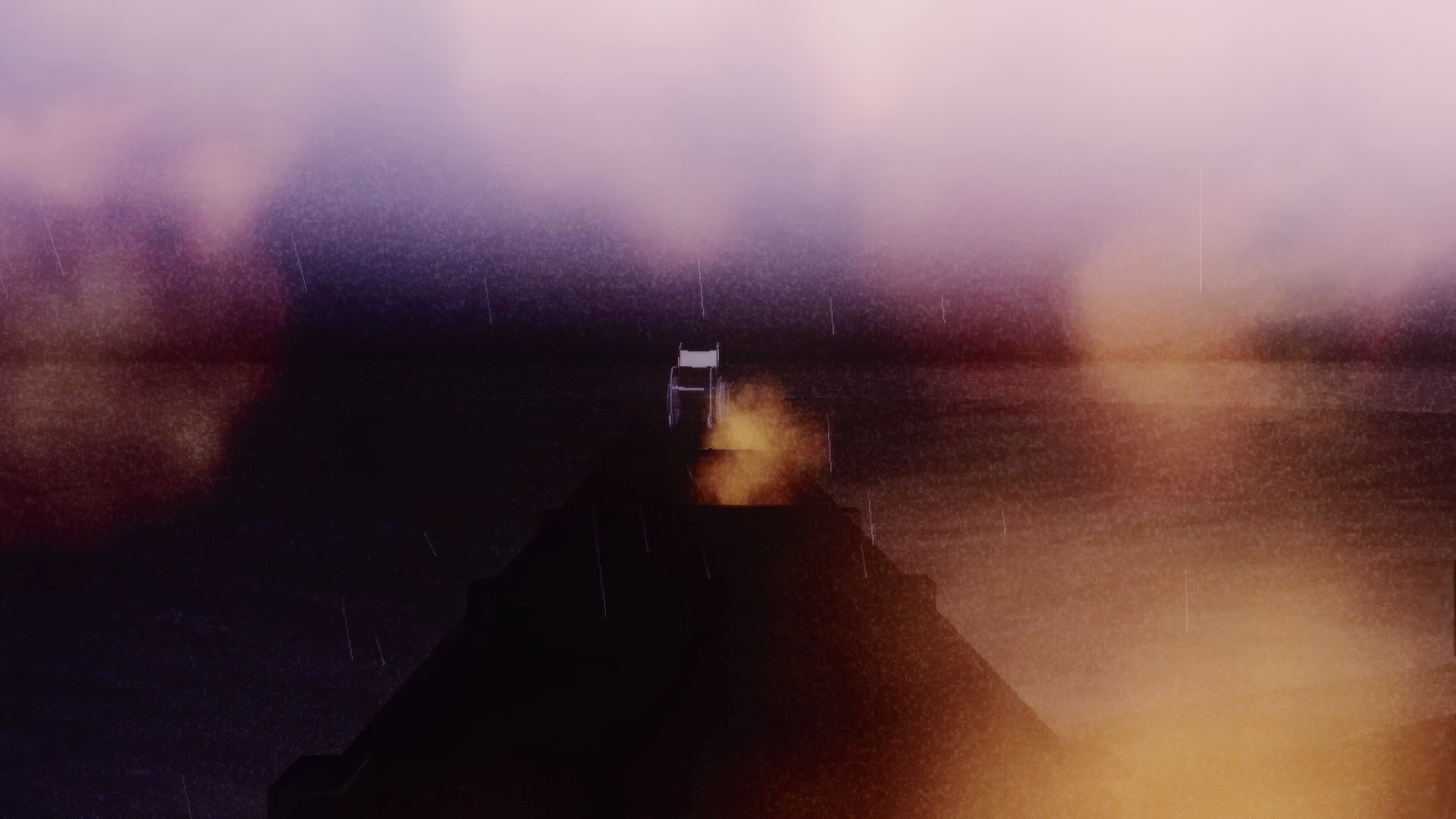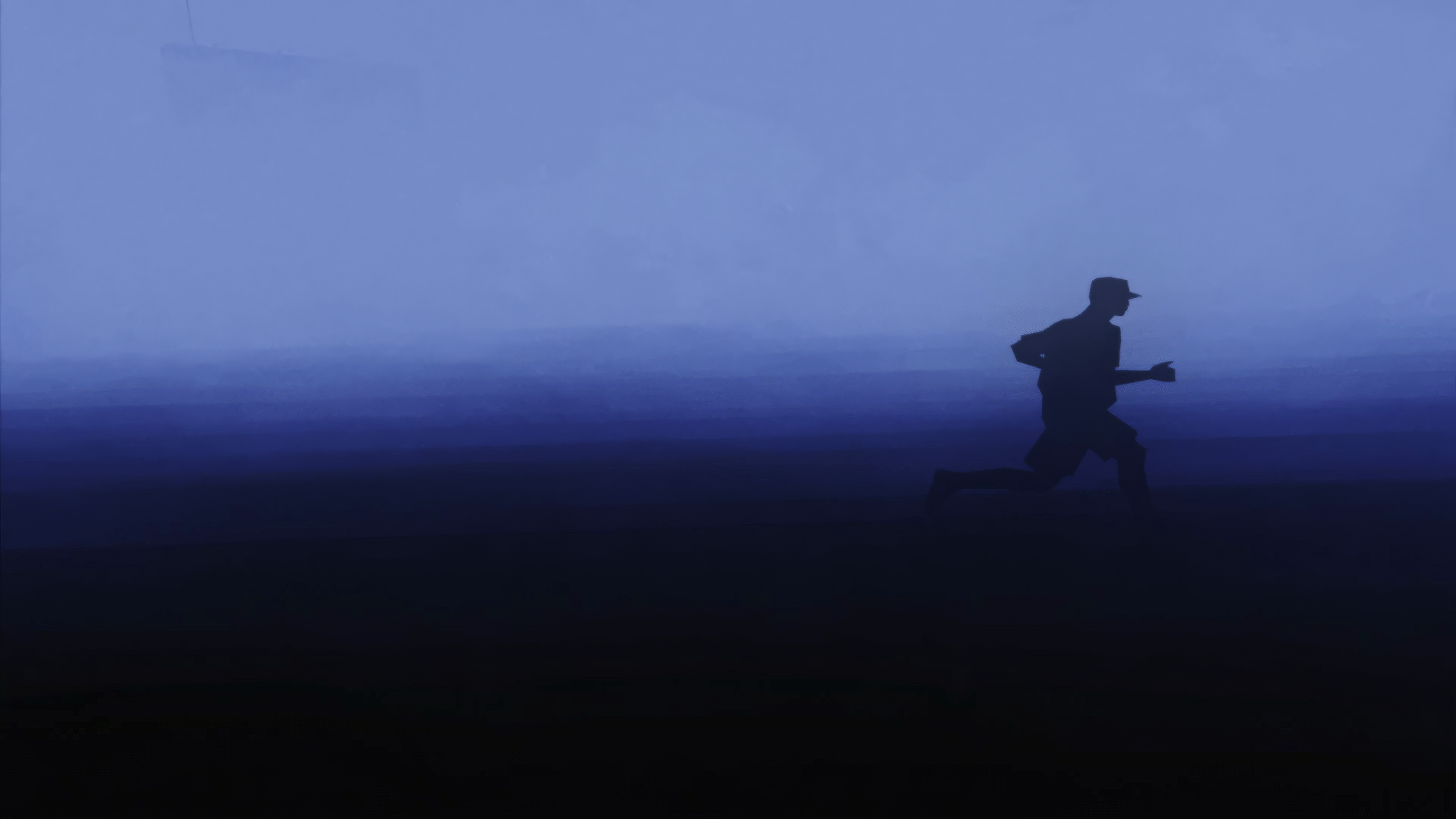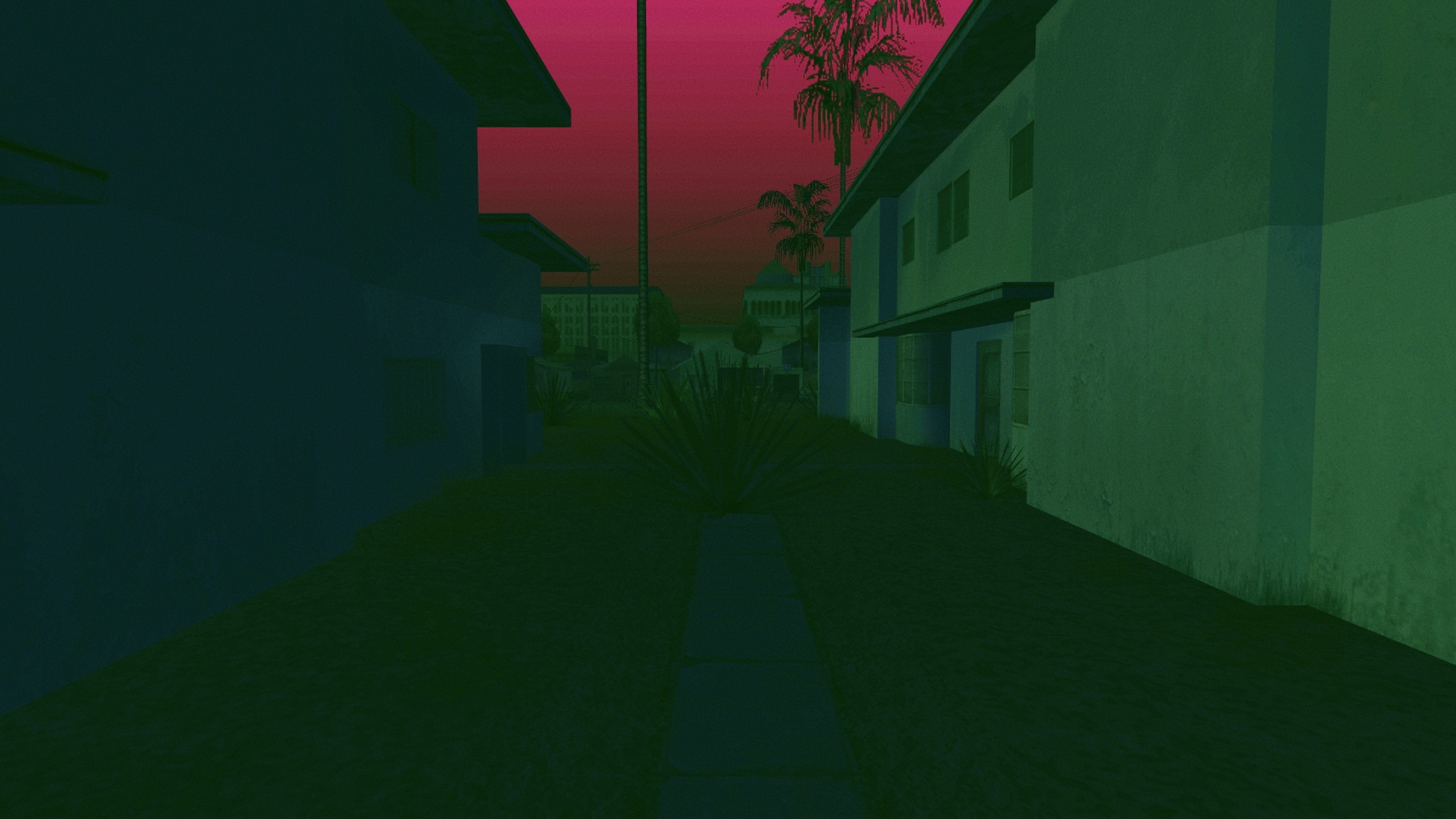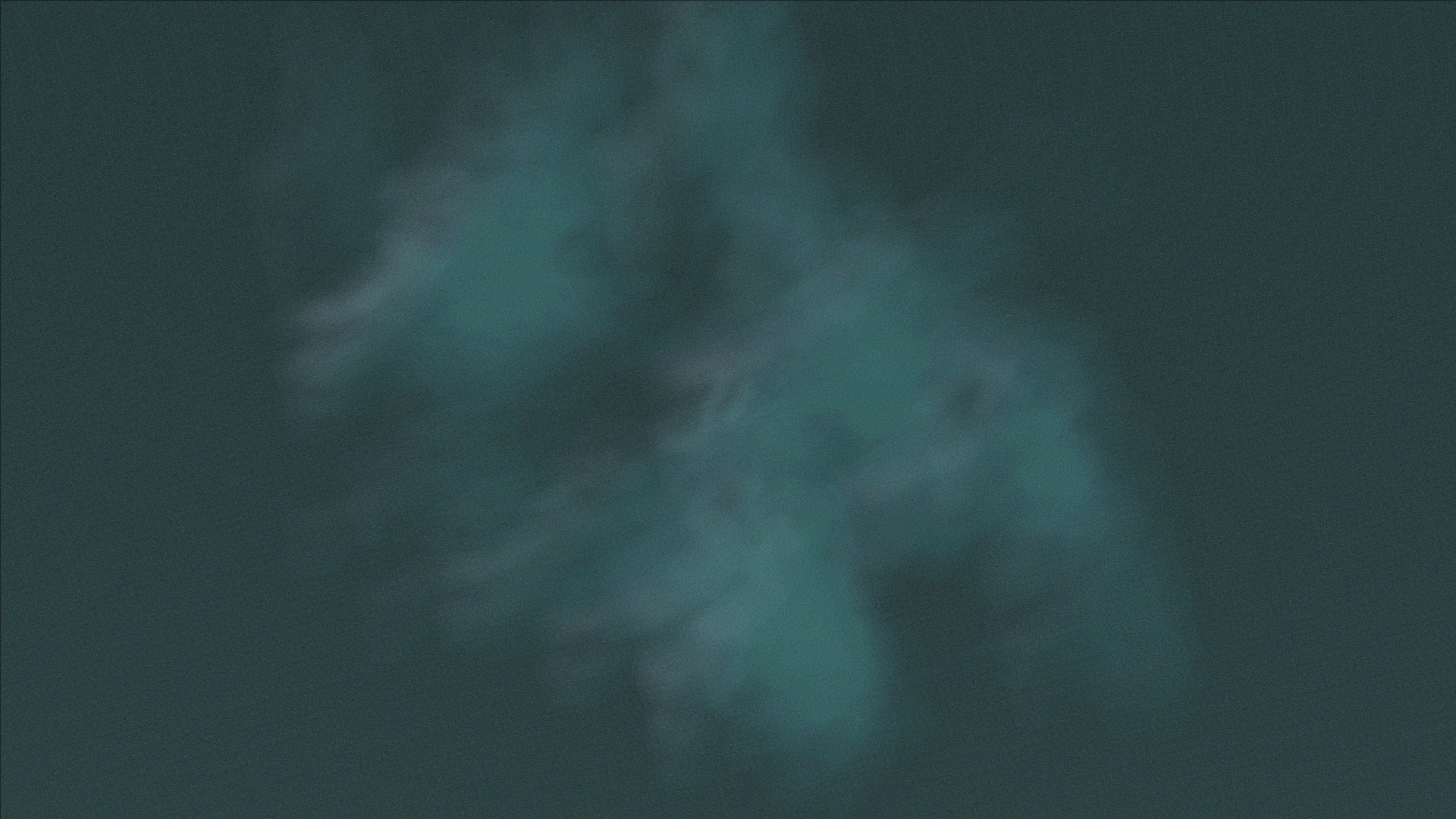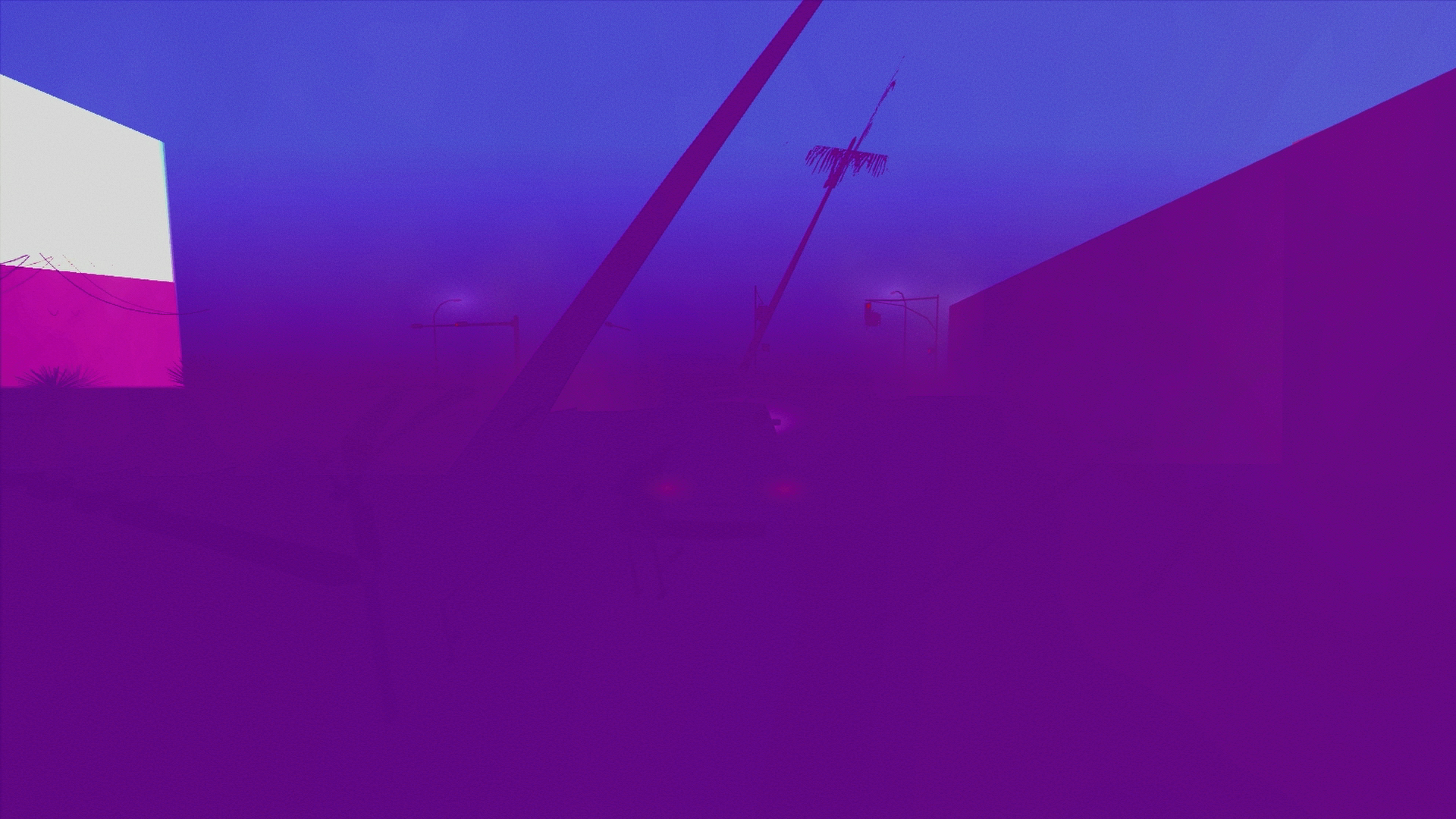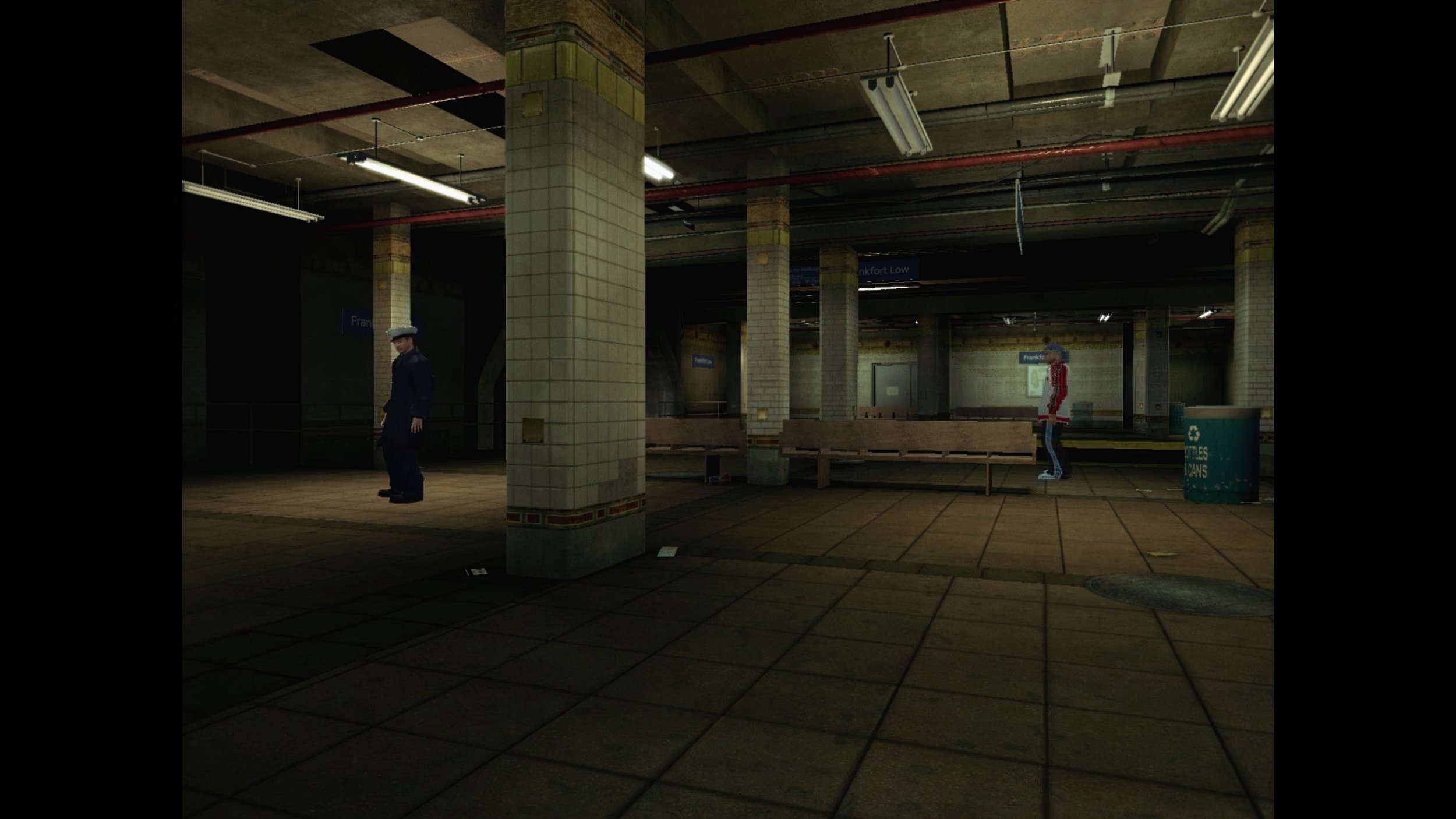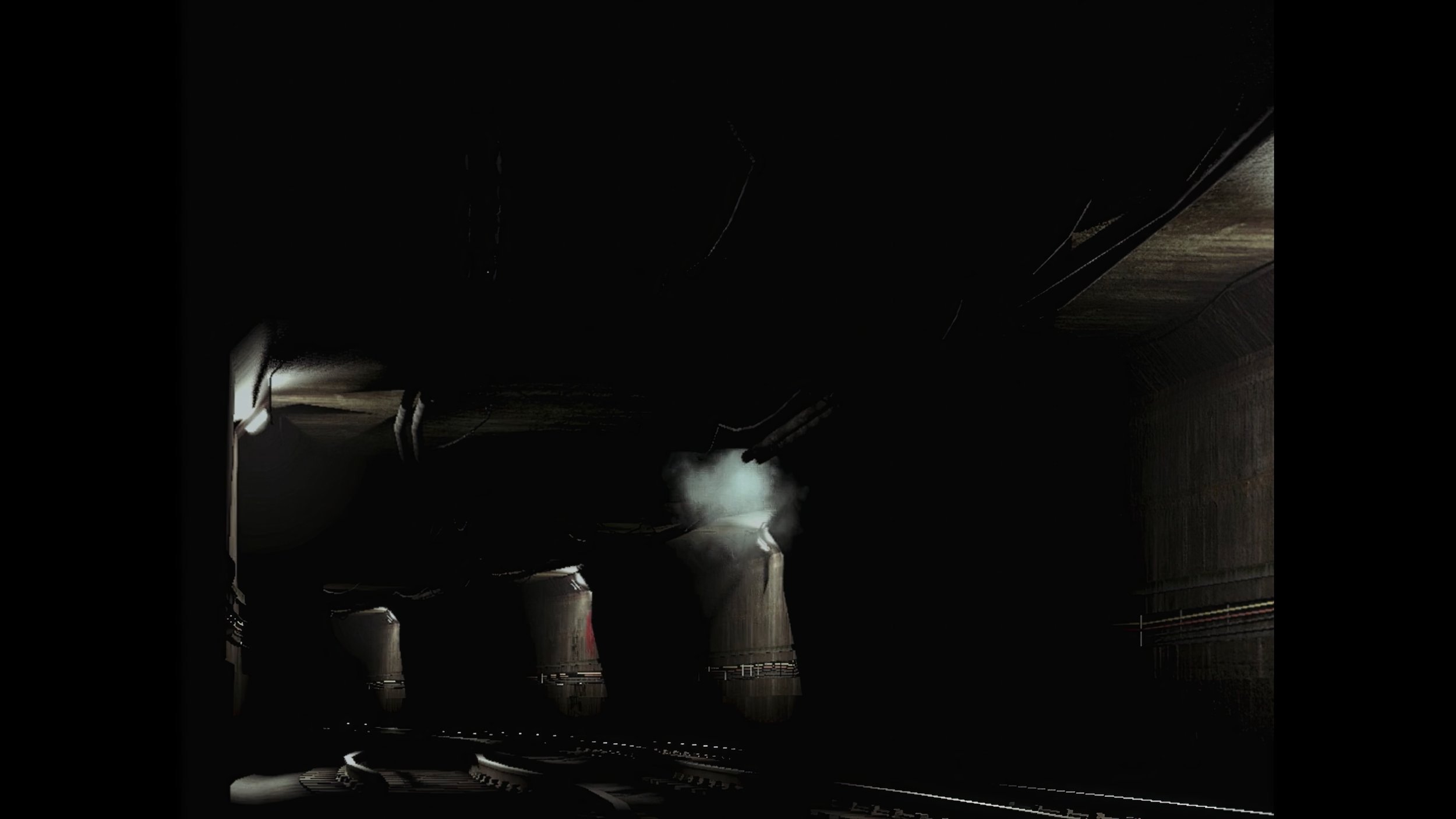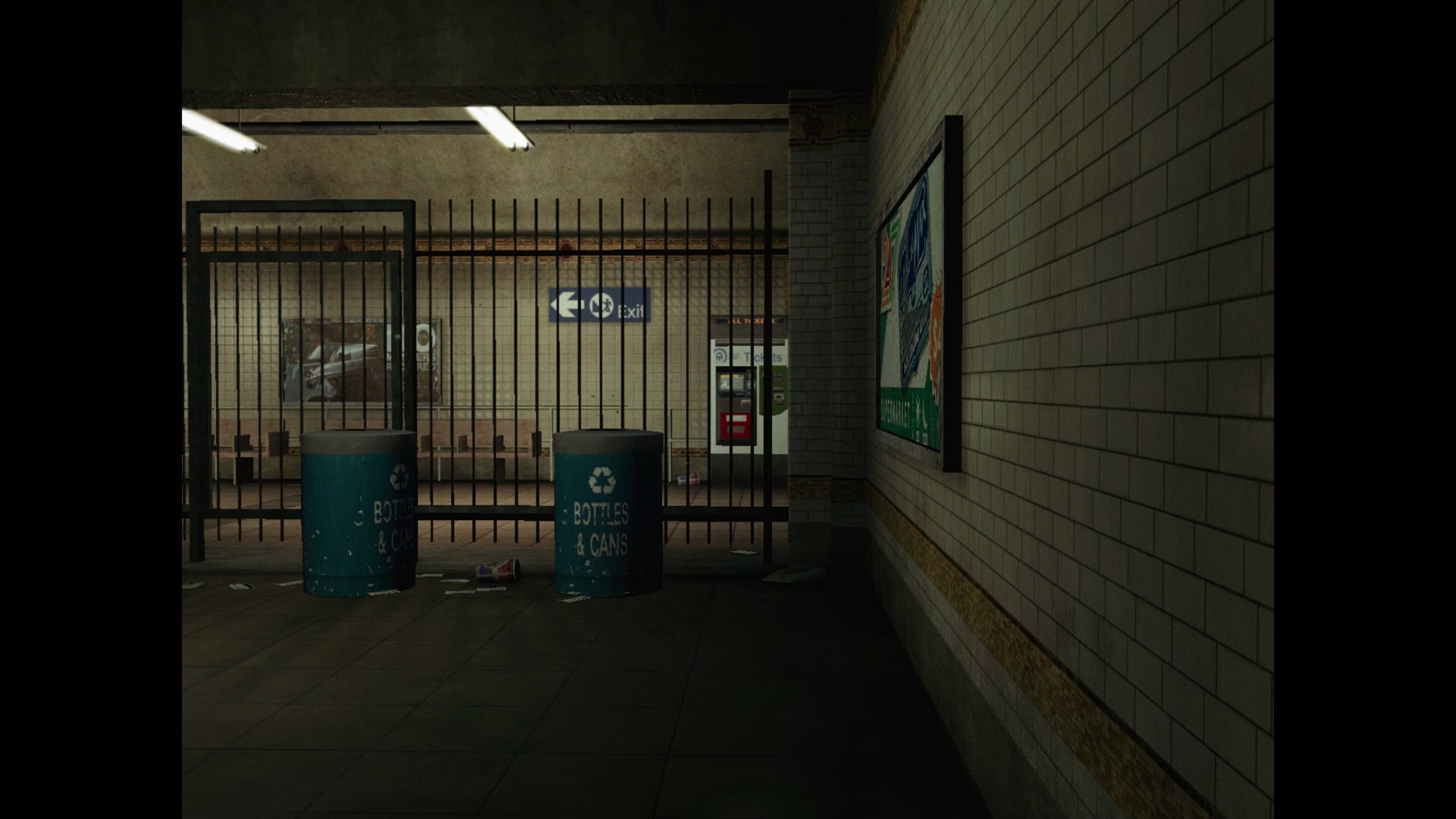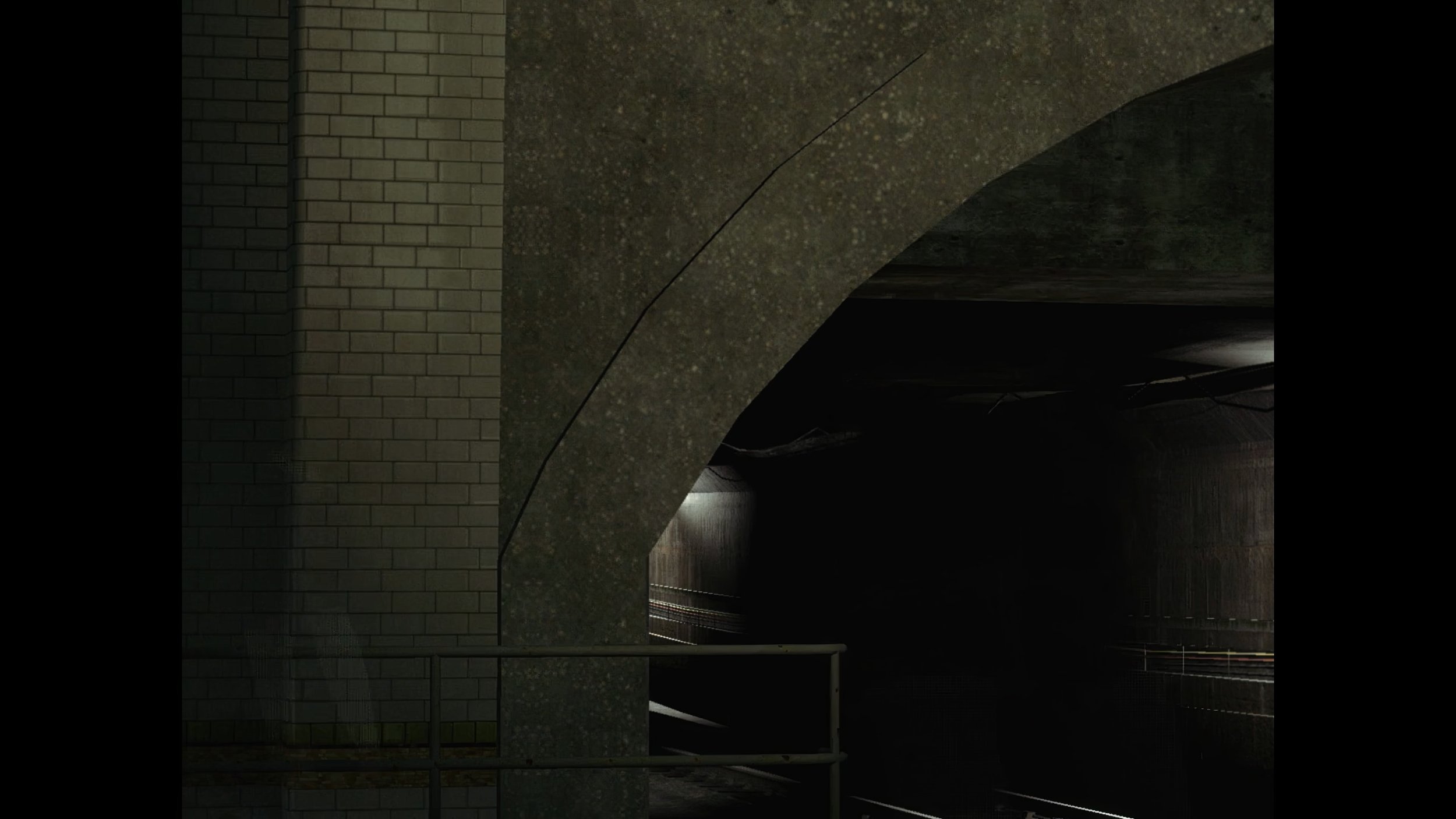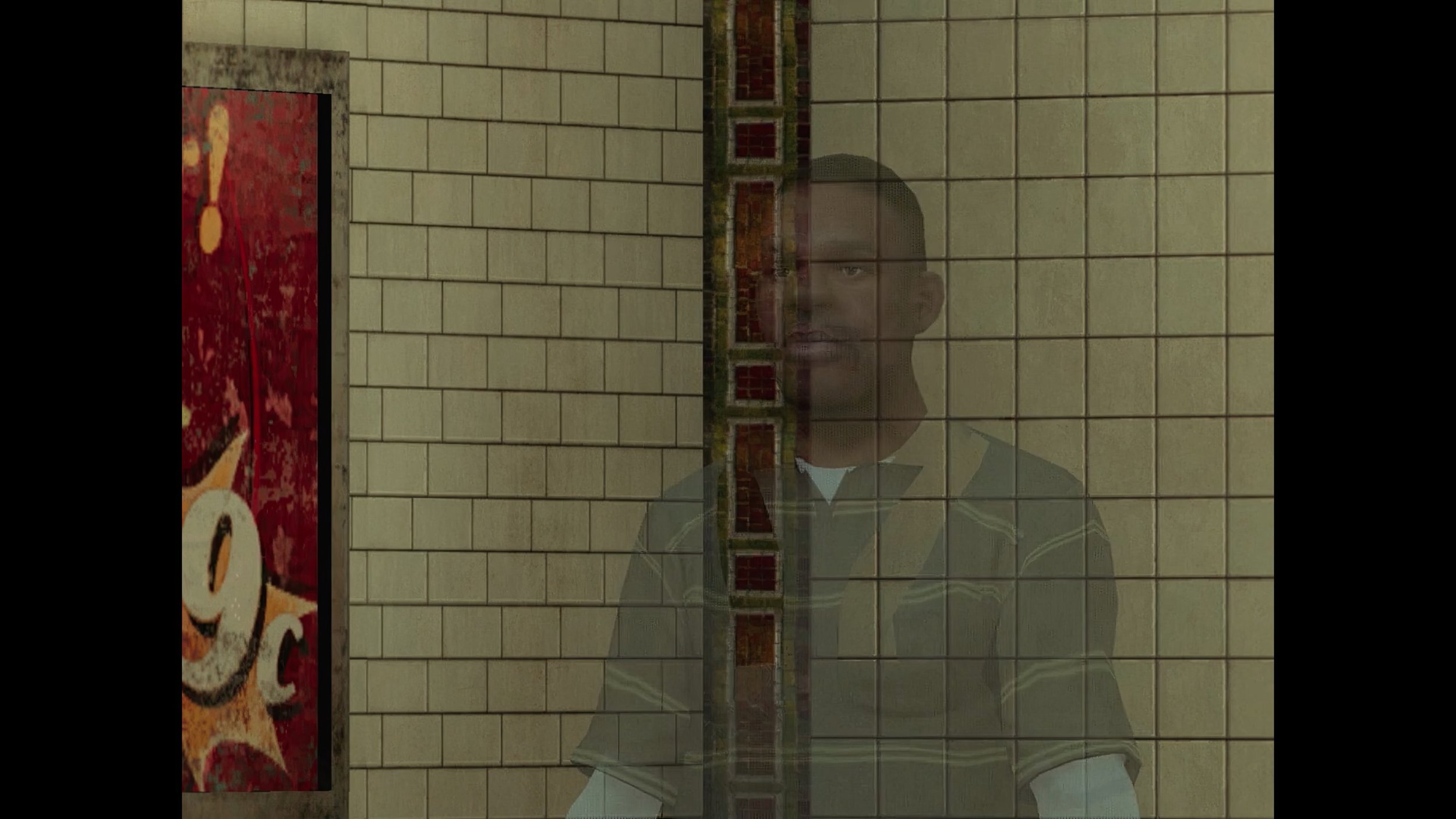We are delighted to showcase the remastered, previously unreleased Infinite Skies by Bram Ruiter at the upcoming Milan Machinima Festival.
Infinite Skies, a machinima created by Bram Ruiter and Martin Gerrits during their film school years, explores themes of grief and purgatory. Crafted in the attic of Gerrits’s parents’ home in 2011, this project represents an early, bold foray into complex subjects by the creators, then just 22 years old. Initially viewed by Ruiter as overly edgy, he has since come to recognize its nuanced depth upon revisitation. Echoing the thematic and aesthetic qualities of Ruiter’s later work, Endless Sea, this predecessor inadvertently suggested a trilogy that remained incomplete with the unrealized Unending Earth. This video work marks an early milestone in Ruiter's journey into digital storytelling, setting its narrative against the expansive, generative landscapes of Grand Theft Auto: San Andreas, and drawing inspiration from Philip Solomon’s game video art. Infinite Skies encapsulates a period of raw experimentation and unbridled creativity in Ruiter’s career. Revisited and remastered in 2024, Ruiter’s early work is now being presented for the first time, showcasing his evolving appreciation for the intricate exploration of complex themes.
Bram Ruiter is an experimental filmmaker based in Zwolle, the Netherlands, who creates collage-like cinematic morphologies that examine themes of creation, contradictions, labor, and the unfinished or incomplete. Fascinated by marginal objects and obsolescent procedures, his work incorporates non-traditional materials and broken aesthetics. Ruiter’s films have screened internationally at festivals including the Viennale, Karlovy Vary, Pesaro Film Fest, Fantastic Fest Austin, A.Maze Berlin, and the Netherlands Film Festival. Ruiter also teaches filmmaking at ArtEZ University of the Arts, both at graduate and undergraduate level. His groundbreaking machinima Perpetual Spawning was awarded the Critics’ Choice Award at the 2019 Milan Machinima Festival and his remastered version of Endless Sea was featured in S04 of VRAL.
Read more about the 7th edition of the Milan Machinima Festival


